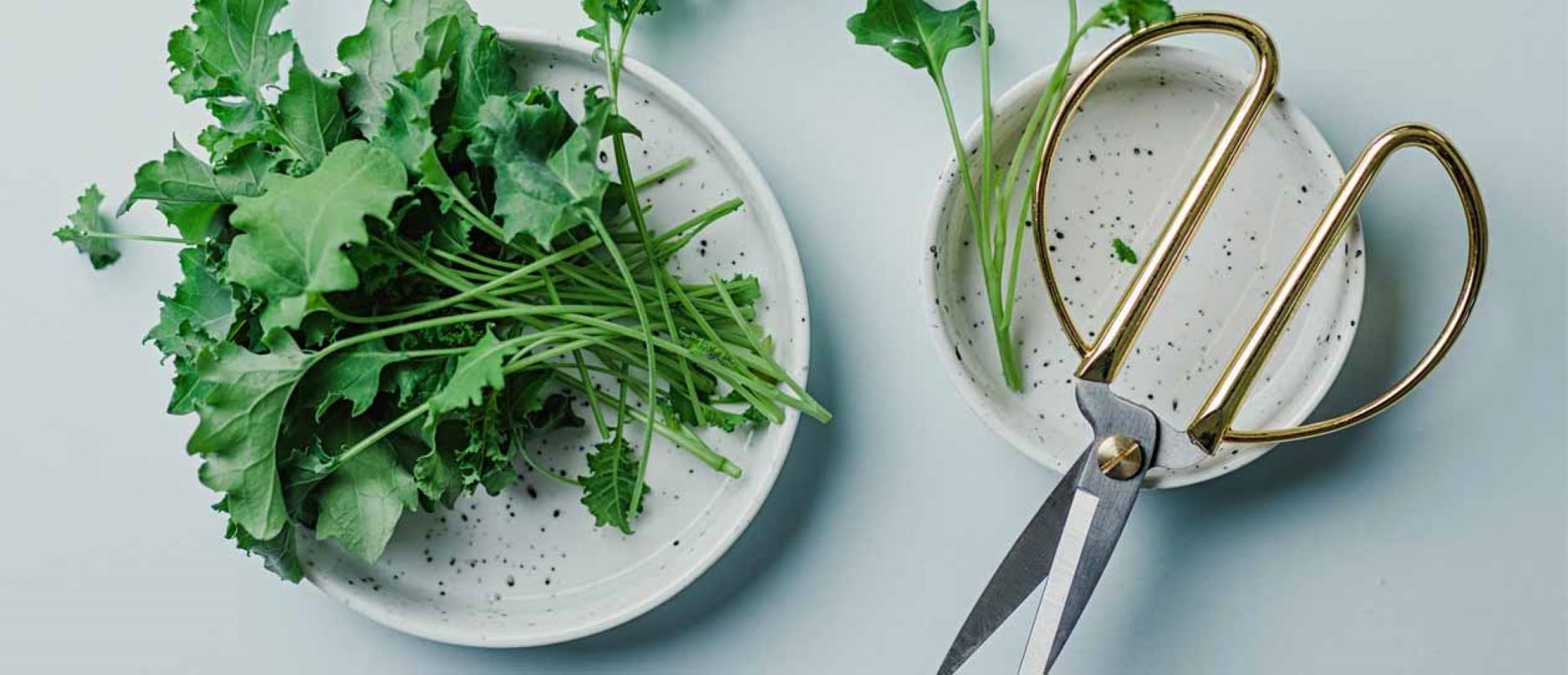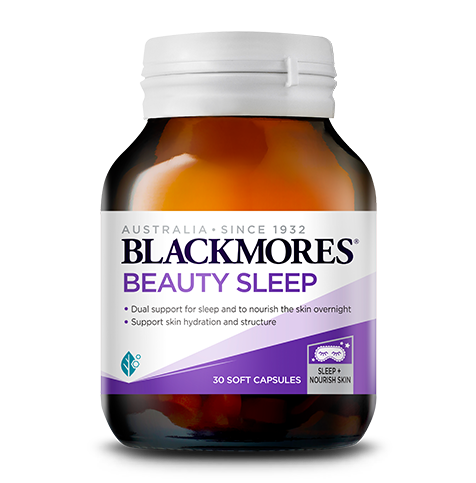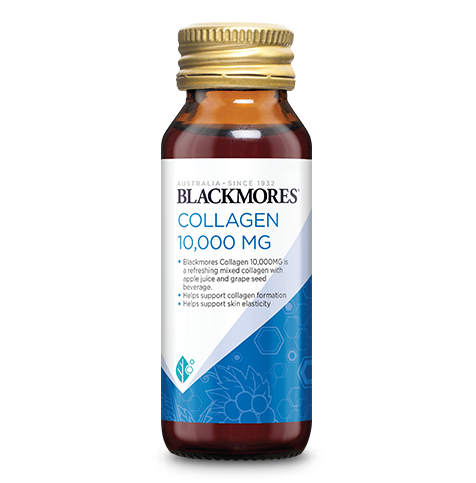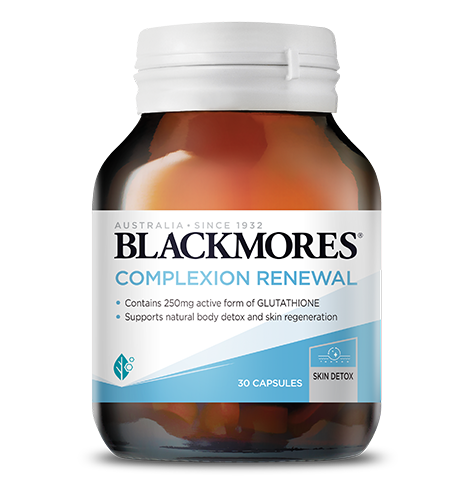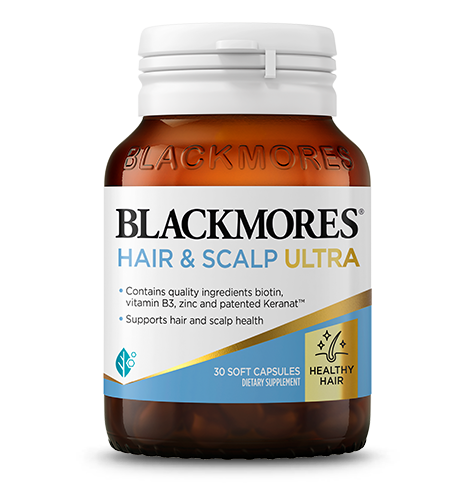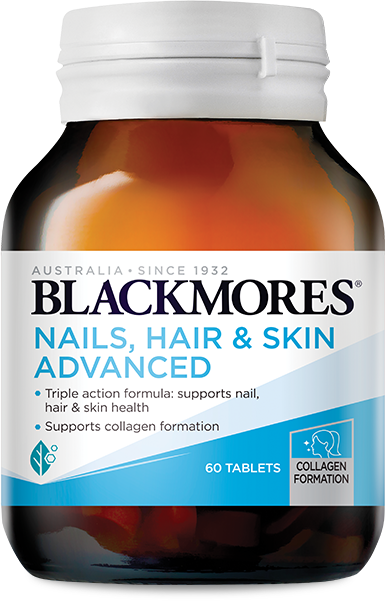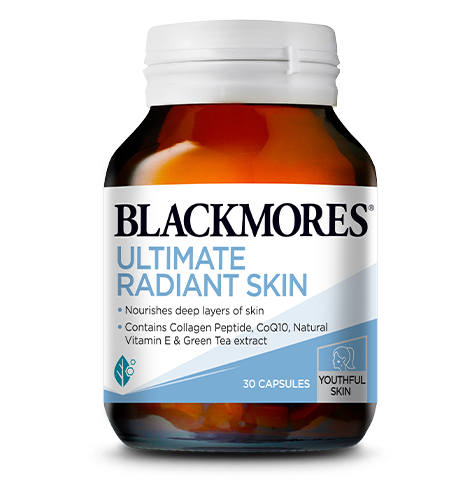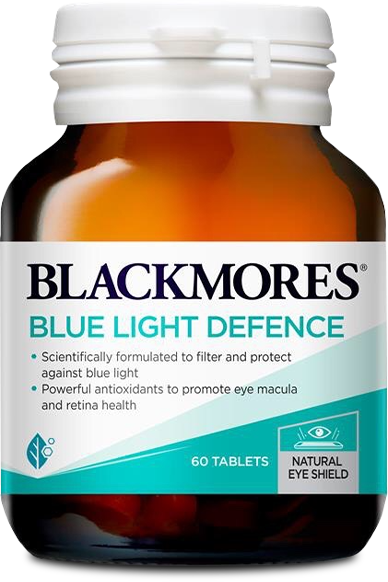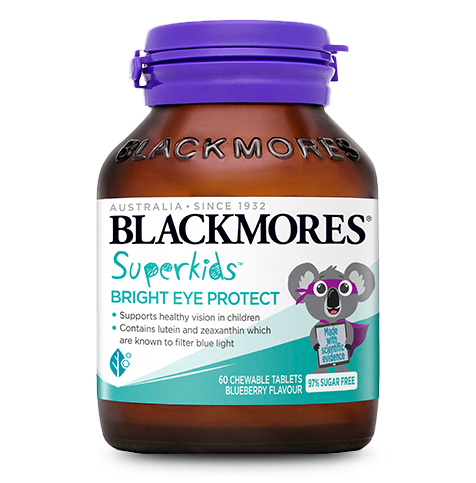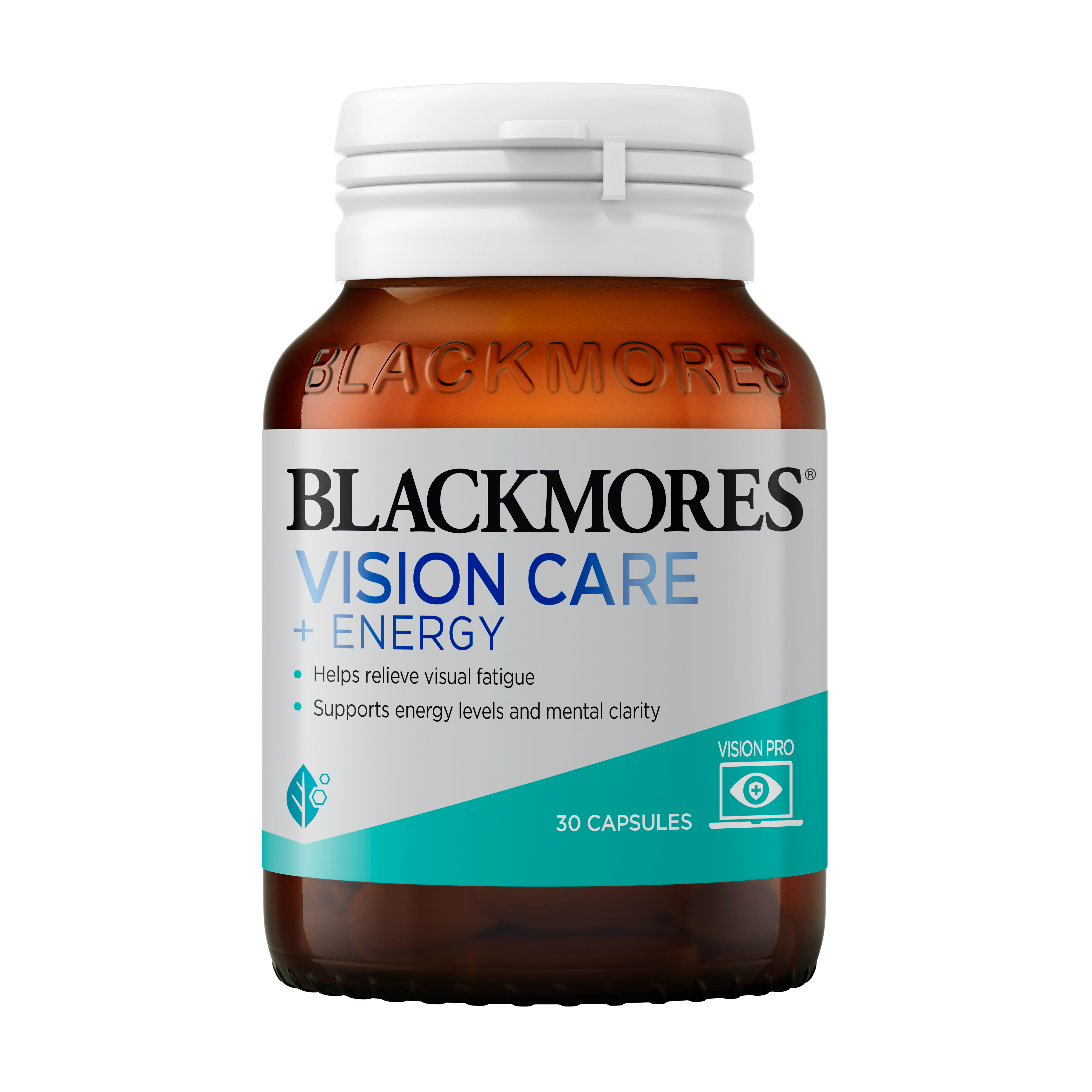What is lutein? What is zeaxanthin?
Lutein and zeaxanthin are powerful fat soluble antioxidant nutrients. They are part of the carotenoid family (think betacarotene) known as xanthophyll carotenoids.
Carotenoids appear yellow in colour, and they are responsible for many of the colours found in plants, flowers, and animals.
Unlike betacarotene, lutein and zeaxanthin do not get converted into vitamin A in the body. They are incorporated into cell membranes and other lipoproteins in the body.
In the body lutein and zeaxanthin are found in the tissues of the eye, as well as in the blood, serum, skin, cervix, brain, breast and adipose tissue.
Zeaxanthin is what gives the macular tissue in the eye its characteristic yellow colour.
What is the difference between lutein & zeaxanthin?
Lutein and zeaxanthin are known as isomers. This means that they have identical chemical formulas; however there is a slight difference in their structure. This small structural difference alters their function and means that they perform slightly different roles in the body.
One of the main differences between them is that they are incorporated into cell membranes in different ways. It also means that they absorb slightly different wavelengths of light.
While lutein and zeaxanthin are both found in the eye, lutein is more prominent at the edges of the retina and in the rods of the eye, and zeaxanthin is found primarily in the centre of the retina.
Why are lutein & zeaxanthin important?
Lutein and zeaxanthin are the only known carotenoids that are deposited in the retinal tissue of the eye. They are believed to have 2 important functions in the retina.
The first is that they have an antioxidant action, and protect the photoreceptor cells present in the retina from potential free radical damage.
They are also believed to have the ability to absorb and filter high-energy wavelengths of blue light. This is thought to be protective as a reduction in blue light reaching the macula may significantly reduce the oxidative stress on the retina.
Lutein and zeaxanthin thus serve as 'natural sunglasses' that act as a filter for blue light, and may help to preventing damage to the photoreceptor cells.
What foods contain lutein & zeaxanthin?
Lutein and zeaxanthin are not produced by the body and must be consumed through the diet.
Lutein is found in dark green leafy vegetables such as spinach and kale, as well as in corn and egg yolks. Zeaxanthin is found more prominently in orange and yellow foods such as com, egg yolks, orange capsicums, persimmons, tangerines, mandarins and oranges.
There are currently no recommended intakes of lutein and zeaxanthin, however clinical studies looking at the benefits of lutein and zeaxanthin for eye health have used doses of lutein between 6-20 mg per day, and zeaxanthin at amounts of 2-5 mg per day.
